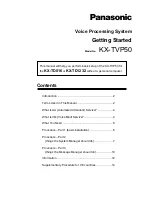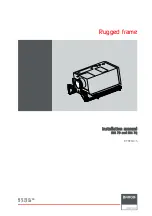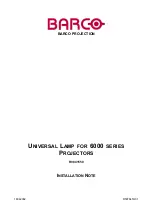
Introduction
Funktionsweise des Lichtschrankensystems
Basic principle
The single light barriers of the system are working simi-
larly to a reflex light barrier with pulsed infrared light.
The advantages of the reflex light barrier in opposite to
the one way light barrier (with separated sender and re-
ceiver)are:
•
Central electric power supply
•
Possibility of synchronisation and calibration of the
single light barriers among each other.
•
Simple interconnection of two or three light barriers to
one system (Cross-over or direction light barrier etc.)
•
One side is alwalys passive – that means no need of
cables on this side.
The disadvantage of the reflex light barrier is a smaller re-
ach as a one way light barrier constructed in the same
way.
The auto-learning process
During the activation of the light barrier the system is ad-
apting to the current situation by doing an auto-adjus-
ment-process (distance, reflections etc.). The incident
light will be analyzed to calculate an average value. Every
deviation of this given value results in a release of the
camera. The dimension of the deviation is determinated
through the sensibility adjusted.
The advantage of this proceeding is to use the system
also with a transparent medium like glass, water etc.
The release
After the auto-adjustment (auto-learning) the light barrier
is ready. Every reduction or interruption of the light beam
will result in a release of the camera. In doing so the
adjusted delay (of the release) will be considered. The
duration of the release is adjustable too.
If the number of releases is one the release sequence is
finished. After this the light beam has to be free for a
short time to be prepared to the next action.
If the number of releases is greater than one, the time-
length of the adjusted delay will be observed. After this
the next release follows. This cycle will be repeated until
all releases are done.
© eltima electronic 2003
17













































